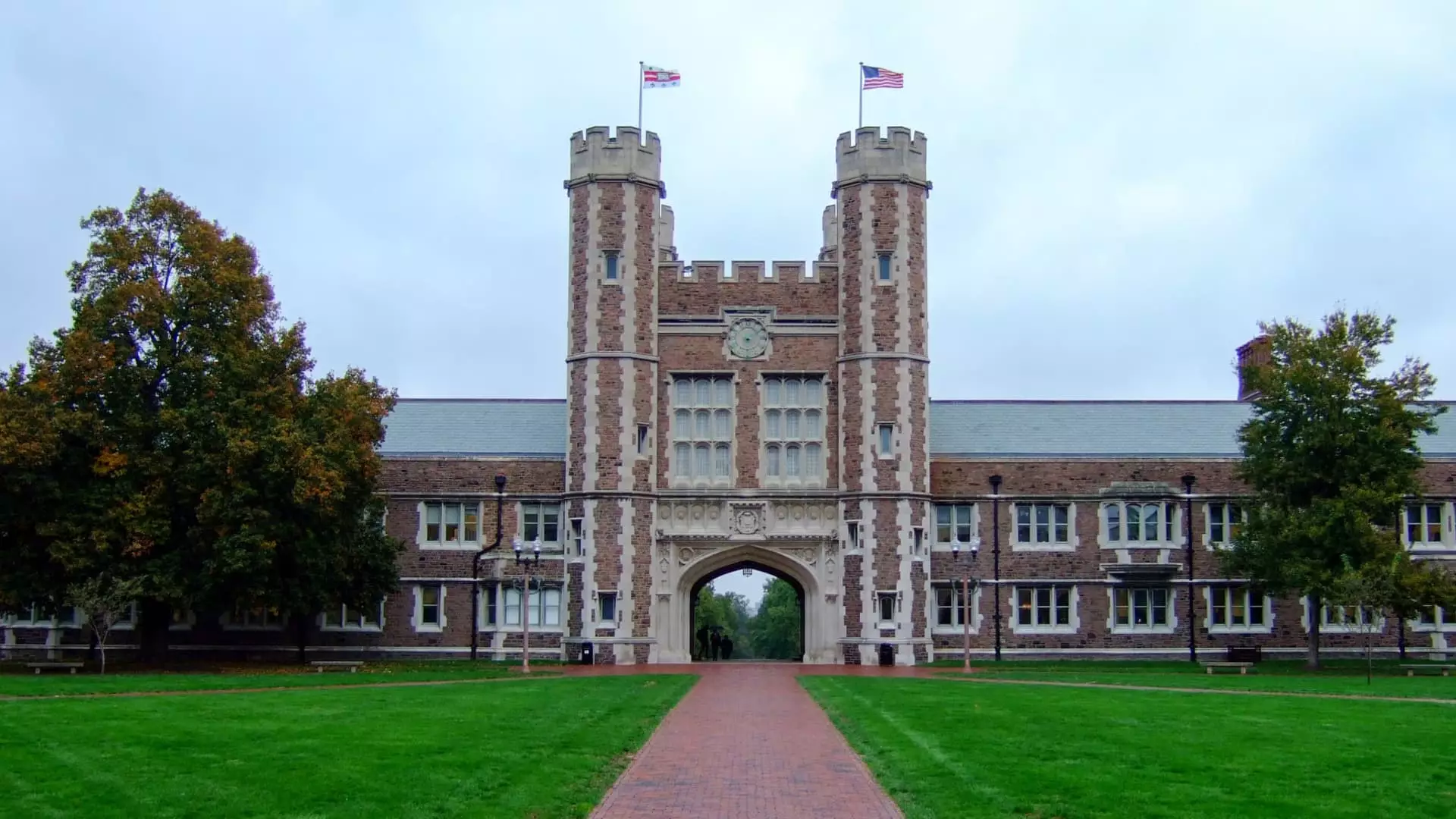The cost of attending college is reaching exorbitant levels, with some institutions now charging close to six figures annually. This staggering amount includes tuition, fees, room and board, books, transportation, and other miscellaneous expenses. According to data provided to CNBC, several prestigious colleges, such as New York University, Tufts, Brown, Yale, and Washington University in St. Louis, have surpassed the $90,000 mark for the 2024-25 academic year. As tuition increases by an average of 4% each year, it is projected that these institutions, along with others, may breach the $100,000 threshold by 2026. Such astronomical costs can dissuade students from considering these colleges as viable options, even with the availability of grant aid.
The substantial rise in tuition fees can be attributed to deep cuts in state funding for higher education. This deficit has resulted in a shift of the financial burden onto students, exacerbating the affordability crisis in higher education. While elite colleges attract attention with their soaring prices, it is important to note that they represent only a fraction of the vast landscape of higher education. The majority of colleges, such as community colleges and state universities, offer more accessible and affordable options for students.
Despite the escalating costs of college, families rarely bear the full expense out of pocket. Sallie Mae’s report on college expenses revealed that the average amount spent by families on education in the 2023-24 academic year was $28,409. Parents’ income and savings cover a significant portion of college costs, supplemented by scholarships, grants, and student loans. The U.S. Department of Education disburses approximately $120 billion annually to aid students in financing their higher education. In addition to federal assistance, students may qualify for aid from their state, college, or private scholarships. However, to access these resources, students must complete the Free Application for Federal Student Aid (FAFSA), which serves as the gateway to federal financial assistance.
Despite the availability of financial aid, obstacles such as the new FAFSA application process have hindered students and families from applying for assistance. As of August 9, FAFSA submissions in 2024 were down nearly 10% compared to the previous year. This decline in financial aid applications could lead to fewer students pursuing higher education. The editor-in-chief of The Princeton Review, Robert Franek, emphasized that the daunting sticker prices of colleges pose a significant barrier for students and parents. The perceived lack of affordability may deter individuals from pursuing their academic aspirations.
Despite the challenges posed by escalating college costs, there is a silver lining in the form of financial aid. Private schools are often more generous in providing aid to students, helping to bridge the gap between tuition expenses and families’ financial capabilities. Many institutions are committed to meeting students’ demonstrated financial need, ensuring that qualified students can access higher education without facing insurmountable financial obstacles. The availability of need-based aid offers a glimmer of hope amidst the financial uncertainties surrounding college attendance.

